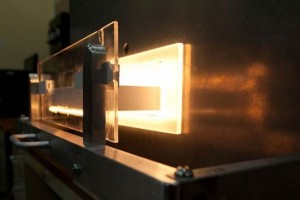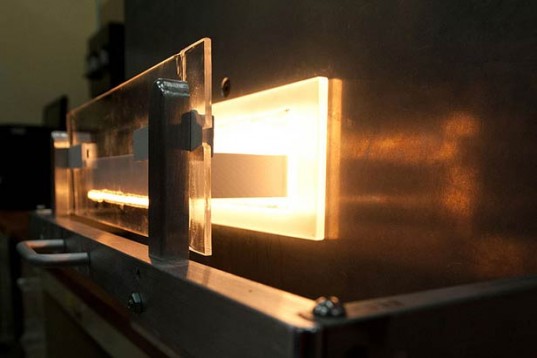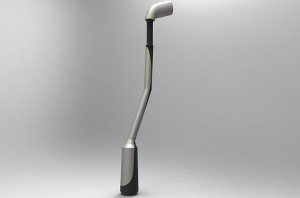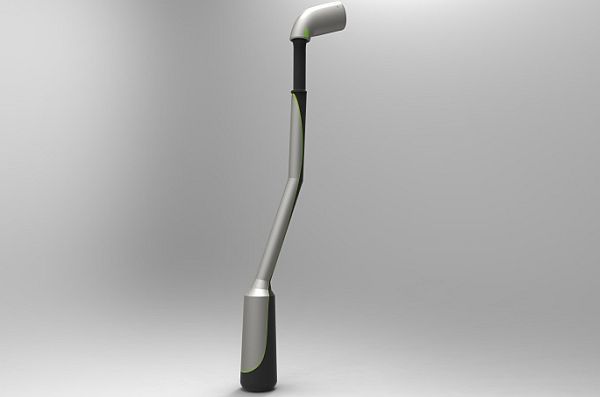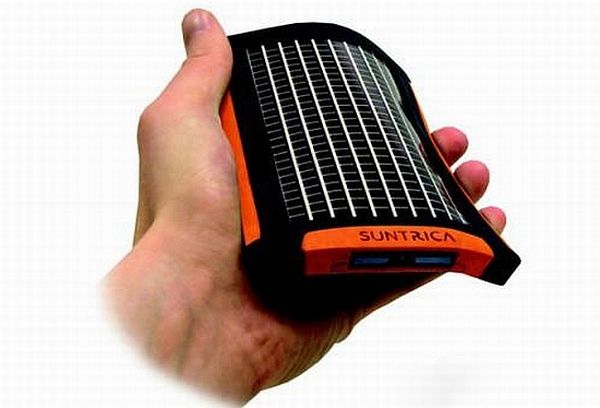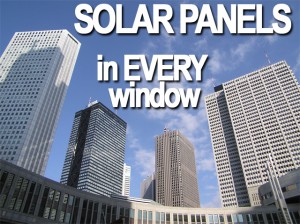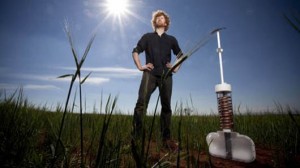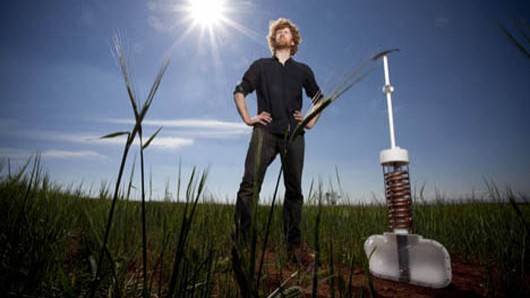
Young Melbourne-based inventor Edward Linacre has won the 2011 James Dyson Award, making it the second year in a row where the prestigious prize has gone to an Aussie. Linacre stole this year’s competition with his Airdrop irrigation concept that collects water from thin air. The Swinburne University of Technology design graduate was driven to transform an ancient cooling technique into a new sub-surface irrigation system, following the enduring Australian drought that saw high levels of farmer suicide along Australia’s Murray- Darling Basin.
The Airdrop irrigation concept is a low-tech design that uses the simple process of condensation to harvest water from the air. Utilizing a turbine intake system, air is channeled underground through a network of piping that quickly cools the air to soil temperature. This process creates an environment of 100-percent humidity, from which water is then harvested. The collected water is stored in an underground tank, ready to be pumped out via sub-surface drip irrigation hosing. The Airdrop design also features an LCD screen displaying water levels, pressure strength, solar battery life and system health.
(more…)

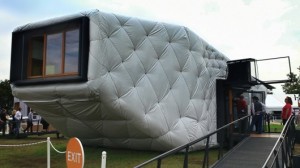
 Follow
Follow